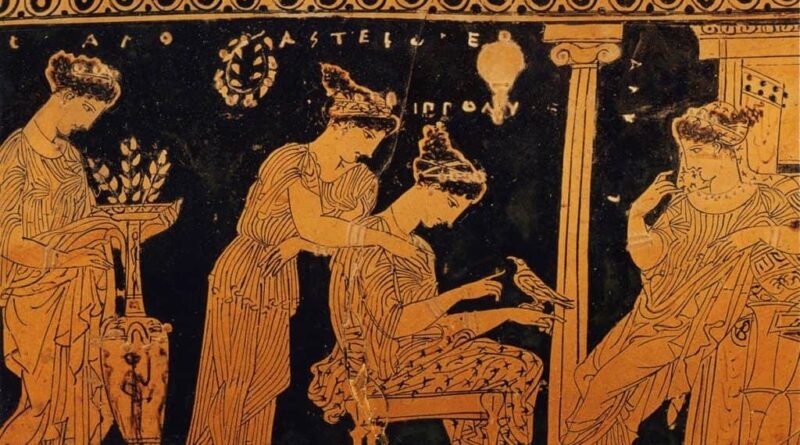Fun Skincare Facts: Fascinating Historical Skincare Practices
Skincare is an age-old practice that dates back to ancient civilizations. Throughout history, people have sought ways to enhance their skin’s health and appearance using natural ingredients and unique techniques. In this article, we’ll journey through time to explore the captivating world of ancient skincare rituals and uncover some fun skincare facts from days long past.
Related article: Unveiling the Beauty Within: Exploring Fun Skincare Facts
Fun Skincare Facts: Ancient Egypt – The Pioneers of Beauty
Cleopatra’s Beauty Secrets
Ancient Egypt is often regarded as a pioneer in skincare and beauty. Cleopatra, the famed Egyptian queen, was known for her legendary beauty. One of her beauty secrets involved a bath in milk and honey, highlighting the use of natural ingredients for skincare.
Milk contains lactic acid, an alpha-hydroxy acid known for its gentle exfoliating properties. Honey, on the other hand, has antimicrobial properties and is a natural humectant, helping to retain moisture in the skin. Cleopatra’s skincare ritual showcased the efficacy of these ingredients, an early example of what we now recognize as beneficial skincare practices.
Kohl and Mesdemet: Ancient Cosmetics
In ancient Egypt, men and women applied cosmetics as part of their daily skincare routine. Kohl, made from galena (a dark grey ore of lead) and mesdemet (a green mineral substance), were popular choices for eye makeup. These cosmetics served aesthetic purposes and had practical uses, protecting the eyes from the harsh sun and relieving eye infections.
The ancient Egyptians believed their skincare rituals had both cosmetic and spiritual significance. They associated beauty with holiness and used various oils, ointments, and powders as part of their skincare regimen.
Fun Skincare Facts: Ancient Greece – The Pursuit of Perfection
The Olive Oil Elixir
In ancient Greece, skincare was deeply ingrained in their culture. Olive oil, a diet staple, was also a key component of their skincare regimen. Olive oil was used for cleansing, moisturizing, and even as a base for perfumes.
Rich in antioxidants and vitamins, olive oil offered deep hydration and protection to the skin. The Greeks understood the importance of maintaining healthy skin, valuing a smooth complexion as a sign of vitality and beauty.
The Greek Bathing Ritual
Bathing was a significant part of ancient Greek skincare. Public baths were famous not just for cleansing the body but also for socializing. The Greeks used water, olive oil, and sand to scrub and cleanse their skin. This practice helped exfoliate dead skin cells, leaving the skin soft and radiant.
Fun Skincare Facts: Ancient China – Timeless Beauty Wisdom
The Dynasty of Herbal Skincare
Ancient Chinese skincare practices were deeply rooted in traditional Chinese medicine. Herbal remedies and natural ingredients were extensively used for skincare. For instance, ginseng, pearl powder, and green tea were commonly used ingredients in their skincare routines.
Ginseng, a herb with anti-aging properties, was highly valued for rejuvenating the skin. Pearl powder was used to brighten the complexion and achieve a youthful glow. Green tea was recognized for its antioxidant properties, protecting the skin from environmental damage.
The Legacy of Acupressure
In ancient China, acupressure was integrated into skincare practices. This technique involved applying pressure to specific points on the face to improve blood circulation, promote lymphatic drainage, and revitalize the skin.
Acupressure was believed to balance the body’s energy, or qi, resulting in a healthy and radiant complexion. This practice emphasized the interconnectedness of the body, mind, and skin health.
Fun Skincare Facts: Rome – The Epitome of Elegance
Milk Baths and Rosewater
Romans admired transparent and fair skin, leading to various skincare practices. One such practice was the use of milk baths. Milk, particularly donkey milk, was believed to nourish and soften the skin.
Rosewater, obtained by steeping rose petals in water, was also a popular skincare product. It was used as a toner to cleanse and refresh the skin, reflecting the Roman desire for a flawless complexion.
Conclusion: Lessons from the Past, Beauty for the Present
Ancient skincare rituals were about enhancing aesthetics and understanding and nurturing the skin’s health. The use of natural ingredients and the focus on holistic wellness are timeless principles that continue to influence modern skincare practices.
Incorporating aspects of these ancient skincare rituals into our daily routines allows us to connect with our roots and benefit from the wisdom of our ancestors. Understanding the historical context and scientific insights behind these practices enriches our appreciation for the evolving landscape of skincare. After all, the quest for radiant, healthy skin is an eternal pursuit guided by the knowledge and traditions passed down through generations.





Pingback: Science Behind Skincare: Fun Skincare Facts about How Skincare Products Work - Skincare Expertise